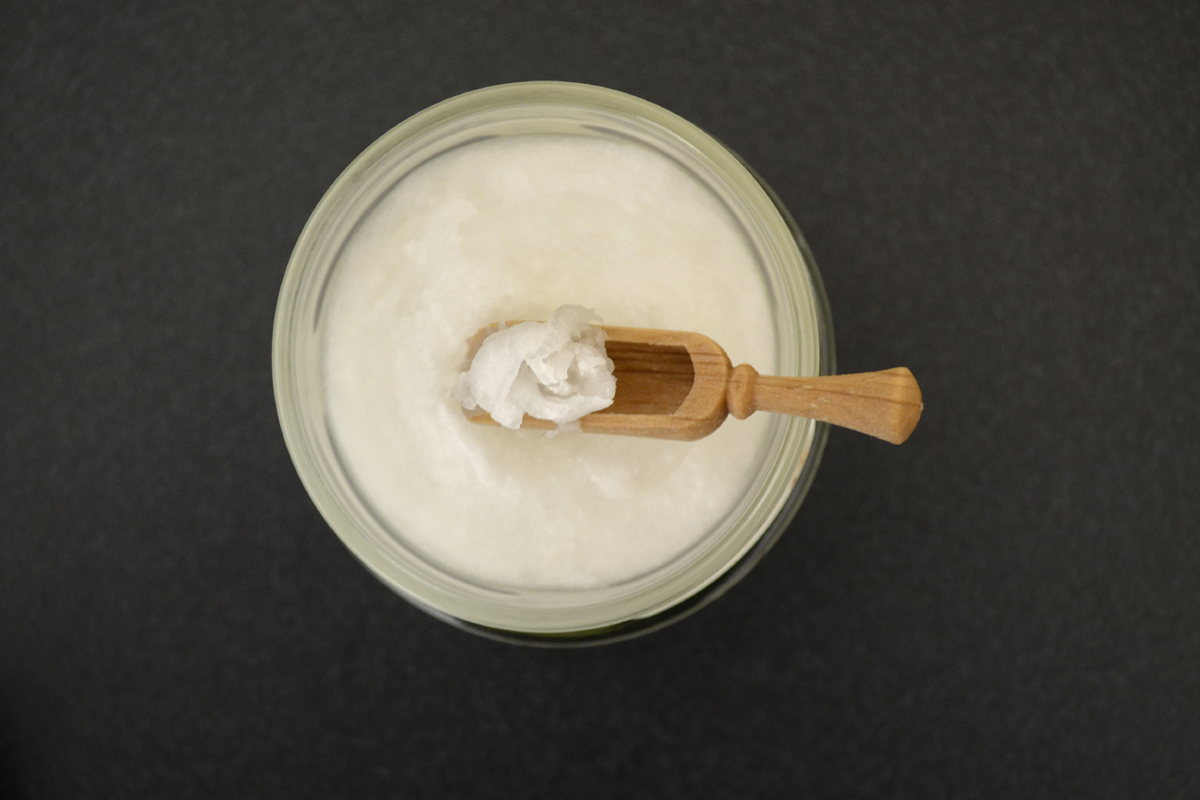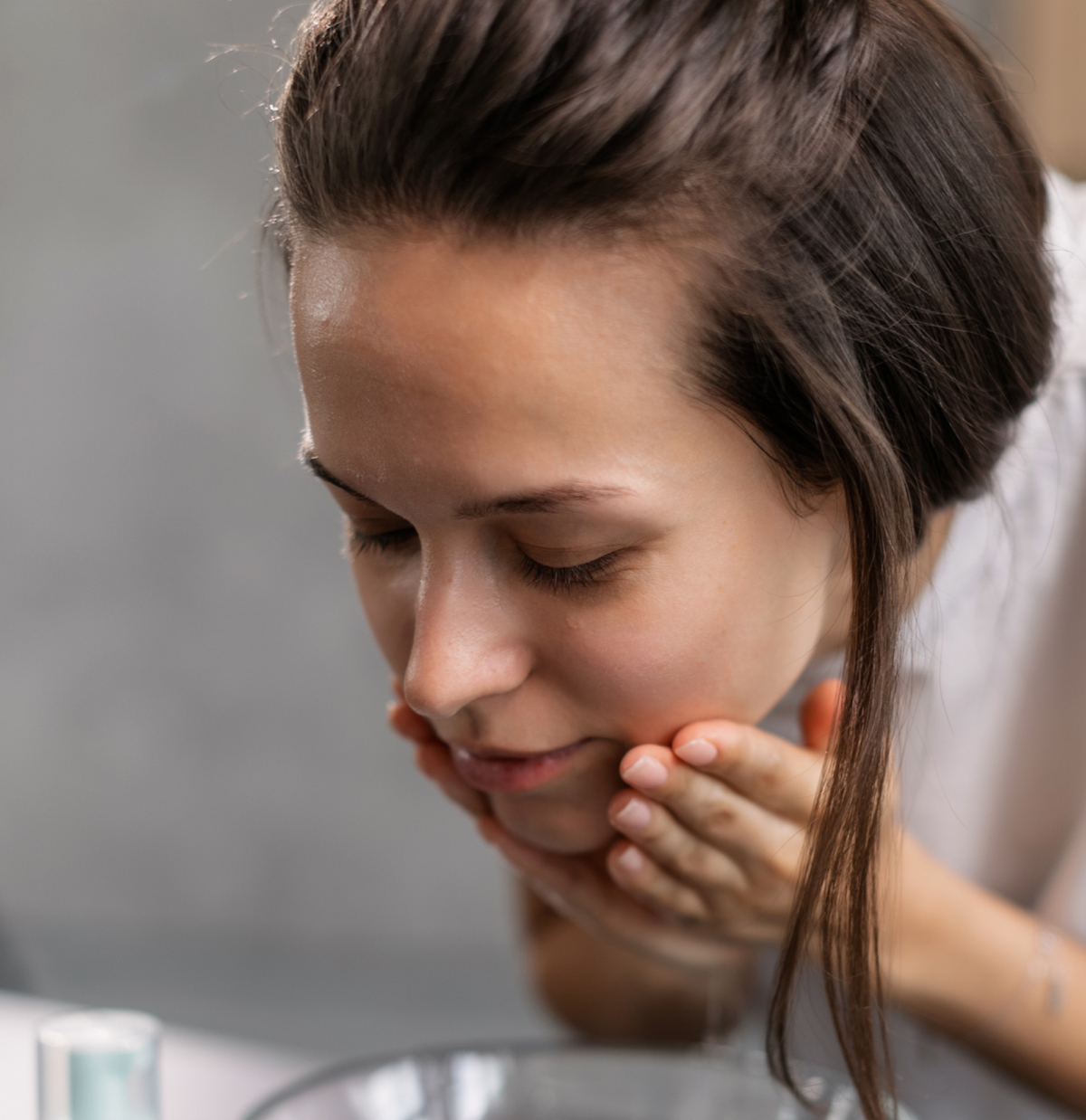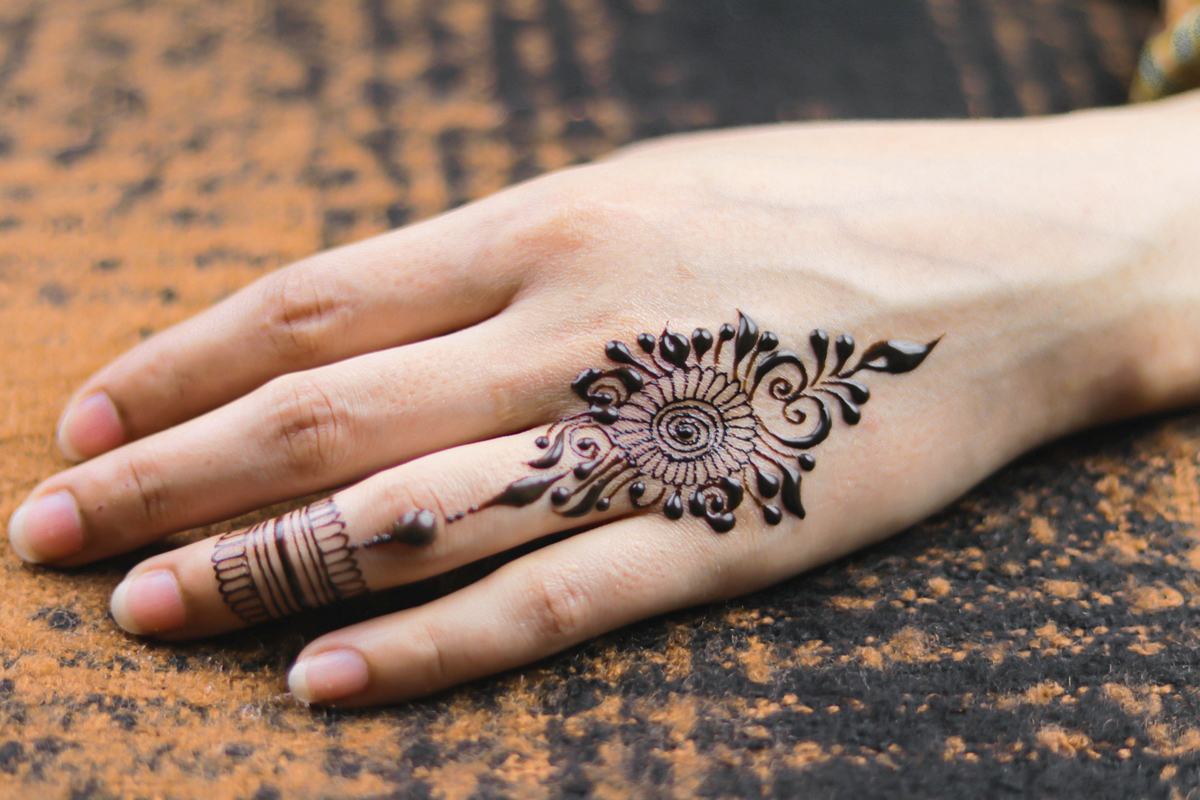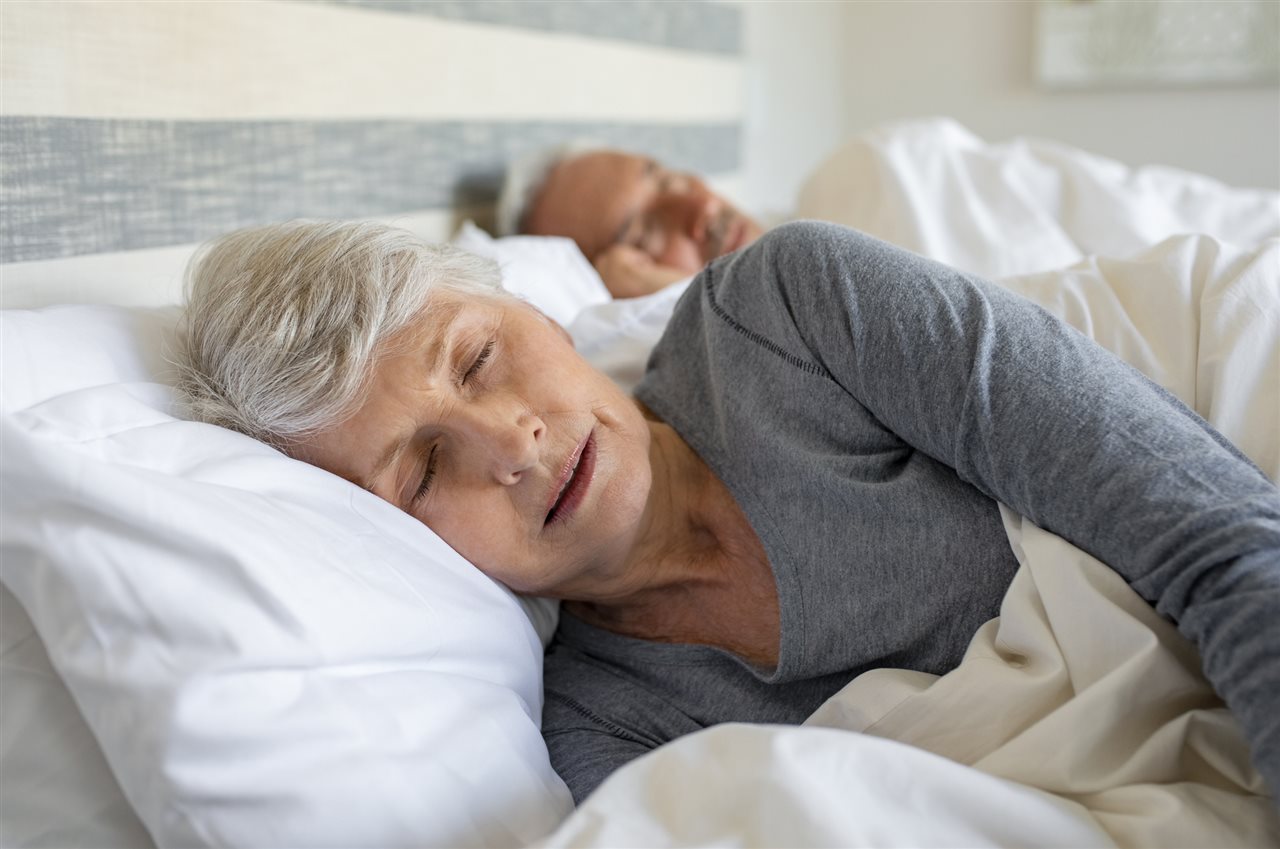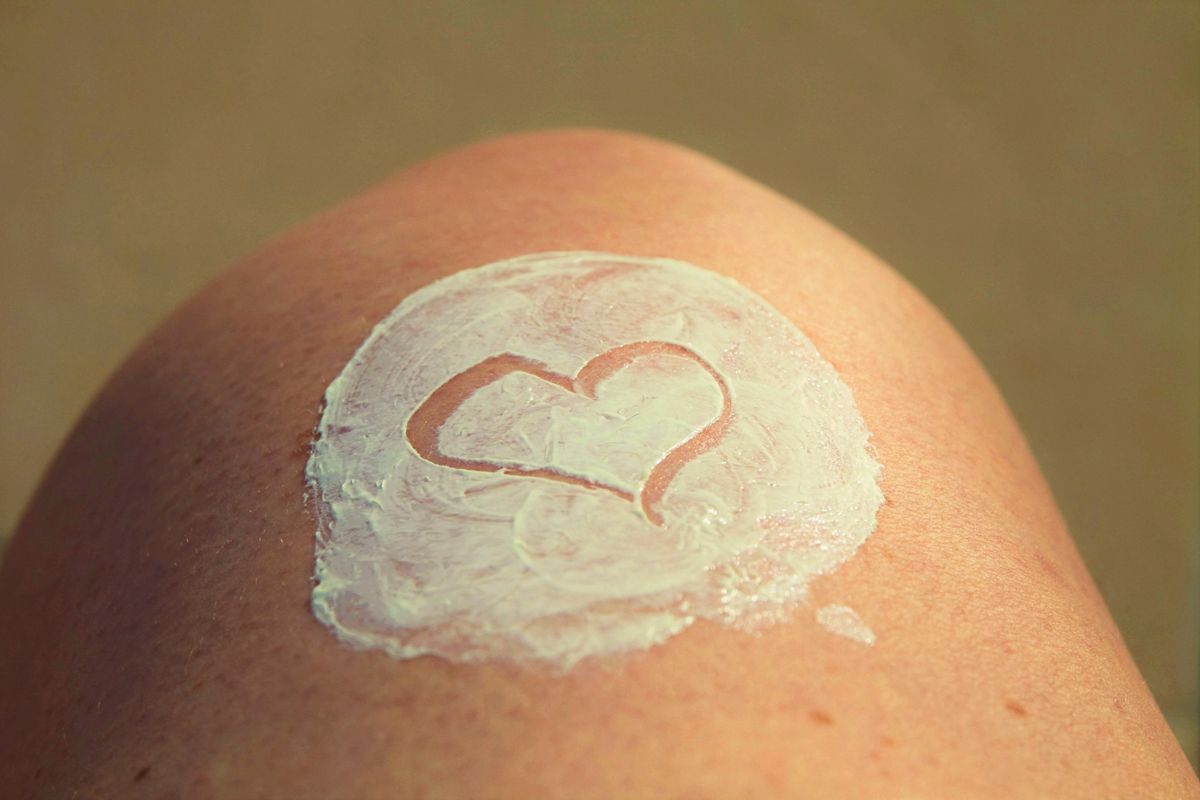Questions and Answers about Acne

This article contains general information about acne. It describes what acne is and how it develops, the causes of acne, and the treatment options for various forms of acne. Information is also provided on caring for the skin. If you have further questions after reading this article, you may wish to discuss them with your doctor.
What is Acne?
Acne is a disorder resulting from the action of hormones on the skin’s oil glands (sebaceous glands), which leads to plugged pores and outbreaks of lesions commonly called pimples or zits. Acne lesions usually occur on the face, neck, back, chest, and shoulders. Nearly 17 million people in the United States have acne, making it the most common skin disease. Although acne is not a serious health threat, severe acne can lead to disfiguring, permanent scarring, which can be upsetting to people who are affected by the disorder.
How Does Acne Develop?
Doctors describe acne as a disease of the pilosebaceous units (PSUs). Found over most of the body, PSUs consist of a sebaceous gland connected to a canal, called a follicle, that contains a fine hair (see “Normal Pilosebaceous Unit” diagram, below). These units are most numerous on the face, upper back, and chest. The sebaceous glands make an oily substance called sebum that normally empties onto the skin surface through the opening of the follicle, commonly called a pore. Cells called keratinocytes line the follicle.
Normal Pilosebaceous Unit
The hair, sebum, and keratinocytes that fill the narrow follicle may produce a plug, which is an early sign of acne. The plug prevents sebum from reaching the surface of the skin through a pore. The mixture of oil and cells allows bacteria Propionibacterium acnes (P. acnes) that normally live on the skin to grow in the plugged follicles. These bacteria produce chemicals and enzymes and attract white blood cells that cause inflammation. (Inflammation is a characteristic reaction of tissues to disease or injury and is marked by four signs: swelling, redness, heat, and pain.) When the wall of the plugged follicle breaks down, it spills everything into the nearby skin–sebum, shed skin cells, and bacteria–leading to lesions or pimples.
People with acne frequently have a variety of lesions, some of which are shown in the diagrams below. The basic acne lesion, called the comedo (KOM-e-do), is simply an enlarged and plugged hair follicle. If the plugged follicle, or comedo, stays beneath the skin, it is called a closed comedo and produces a white bump called a whitehead. A comedo that reaches the surface of the skin and opens up is called a blackhead because it looks black on the skin’s surface. This black discoloration is not due to dirt. Both whiteheads and blackheads may stay in the skin for a long time.
Read Part 2 – Types of Lesions
Read Part 3 – How Is Acne Treated?
Read Part 4 – How Should People With Acne Care for Their Skin?
The Author:
The National Institute of Arthritis and Musculoskeletal and Skin Disease – Niams.nih.gov

